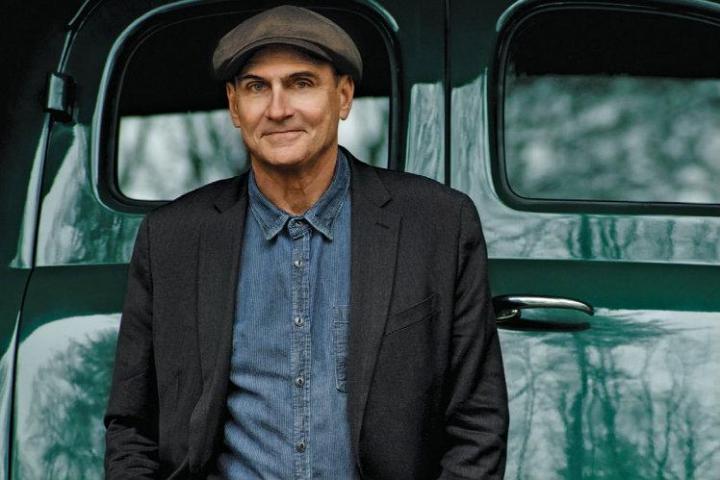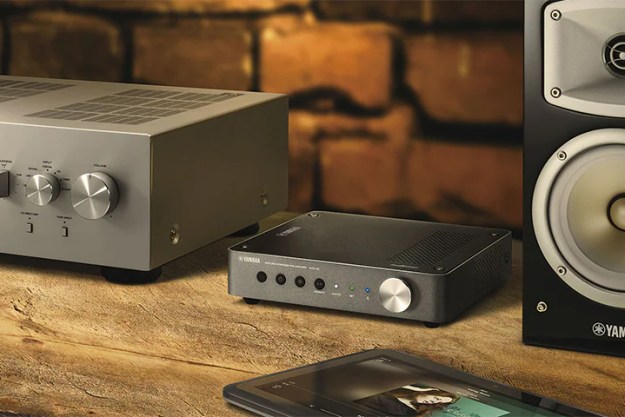
While James Taylor understands that music streaming is the future of the recorded music industry, he believes artists should receive half of the streamers’ profits. The 67-year-old singer/songwriter, who just released his 17th studio album (Before This World) on all of the music streaming services, has been through vinyl’s heyday and the CD boom. Now he doesn’t depend on album sales “because I’m a touring artist and that’s how I make my living,” he told AP in an interview. Regardless, he calls for more transparency and higher payouts from Spotify and other music streaming services.
“If someone’s going to be making money off of my recorded music, I think that I should be getting half of that money that they’re making because I’m the one who generated the product,” Taylor said. “What I’d like to see about Spotify is how much money is the company making relative to what the artist is making? For every dollar they take in, they should be giving 50 cents to the people who actually recorded the music.”
Taylor joins a myriad of other artists campaigning for better royalty payouts from music streaming services, including a pop superstar — Taylor Swift — named after the singer/songwriter. In the fall, Swift removed all of her music from Spotify because she believes that the service doesn’t fairly compensate artists. Others who aren’t drinking what they regard as in the Spotify Kool-Aid include David Byrne, The Black Keys’ Dan Auerbach, Radiohead’s Thom Yorke, and Beck.
When Spotify CEO Daniel Ek responded to Swift’s high profile dismissal, he wasn’t worried. “What it has highlighted for us is we need to do a better job explaining to artists how streaming benefits them,” Ek told Billboard in November. “The point that’s been lost is that Spotify’s the fastest-growing revenue source the industry has.” Spotify (and other music streaming services) do currently claim to pay rights holders 70 percent of their gross revenues, but the payouts are low regardless: just $.006 and $.0084 per song play. Once the label takes a cut of that, the artist simply isn’t receiving much from the streaming music service.
James Taylor doesn’t expect Spotify to pay his bills — he just wants more transparency from the streaming music service. It’s certainly a progressive take for the artist, but he has already sold over 100 million records in his 47-year career. For a rising artist who simply wants a living wage, though, slightly higher music streaming payouts could make a significant difference.
As for his opinions on hi-fi audio — a trend that Jay Z’s premium streaming music service Tidal and Neil Young’s Pono player have brought into the mainstream — Taylor is skeptical. “Over the right system, I can definitely hear [hi fi audio’s superiority]. But if you’re going to be playing it over a three-inch TV speaker, why bother?”
That being said, we shouldn’t be surprised if Taylor launches his own hi-fi audio product. “I’ve got something I’d like to see somebody try, and I don’t know if I’ll do it or not.”
Editors' Recommendations
- What is Tidal? The hi-fi streaming music service fully explained
- Spotify adds music videos for Premium users in a handful of countries
- What is Amazon Music: everything you need to know
- SiriusXM plans, pricing, and features for the satellite (and internet) service
- What is Deezer? Features, pricing, and music quality explained


